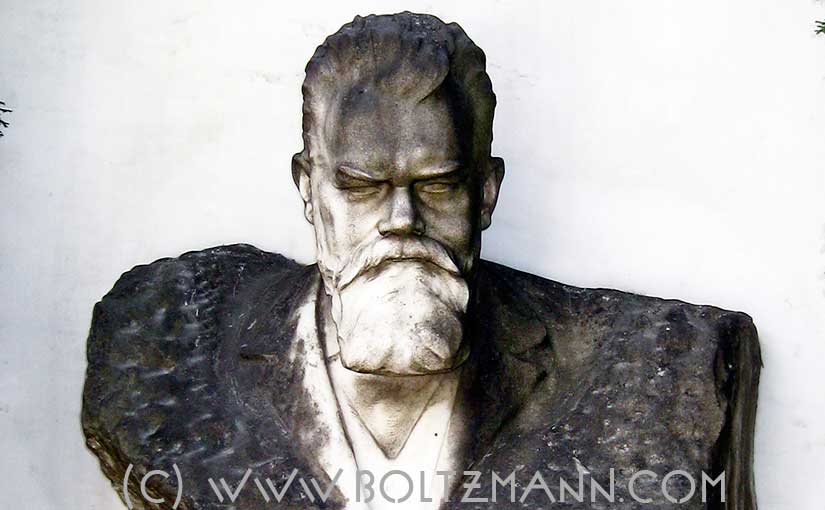Topic “Leadership and Diversity”
- on Thursday, 18th February 2010
- 14:00 Welcome by HE the Ambassador of Austria to Japan
- 14:10 – 14:40 Gerhard Fasol,
“Ludwig Boltzmann as a local and global leader” - 15:00 – 15:20 Atsuko Heshiki, MD and PhD
President of Medical Woman’s International Association (MWIA) and Professor Emeritus at Saitama Medical School
“Leadership in Professionalism” - 15:20 – 15:40 Robert J Geller
Professor of Geophysics, Graduate School of Science, The University of Tokyo
“Faculty appointments and promotions in the age of bibliometrics” - 15:40 – 16:00 Podium discussion
“Leadership and diversity” - 16:15-17:15 Kiyoshi Kurokawa,
Professor, National Graduate Institute for Policy Science, Tokyo, Science and Technology, Former President of the Science Council of Japan, and
Special Advisor to the Cabinet
“Leadership and Diversity” - Followed by reception (private, invitation only)
Registration: latest 16 February 2010
Further information:
Gerhard Fasol
Georg Poestinger, Counsellor, Austrian Embassy, Tel 03-3451-8281
Summary
As every year this year’s high-light was Professor Kurokawa’s presentation – Professor Kurokawa gave a passionate plea for change on all fronts – most surprising was his suggestion to select a Muslim Malaisian woman as the next President of Tokyo University, in order to achieve urgently needed changes in Japan’s society and Japan’s Universities.
Professor Heshiki explained about ethics and professionalism focusing on medical sciences and the work of medical professionals.
Professor Robert Geller explained how today’s bibliometrics revolution allows much better than in the past to measure the impact of scientific work. Robert suggested how to use bibliometric data to make the selection, appointments and promotions of researchers and academics more efficient.
Gerhard Fasol focused on Ludwig Boltzmann’s leadership qualities and his global impact. Ludwig Boltzmann travelled three times to the United States of America, and he travelled, and had impact all over Europe. He also worked in several different Universities in Austria and Germany.
Photos












Contact
Copyright Eurotechnology Japan KK. All Rights Reserved.










